Credit Card Traps: 5 Pitfalls You Must Avoid
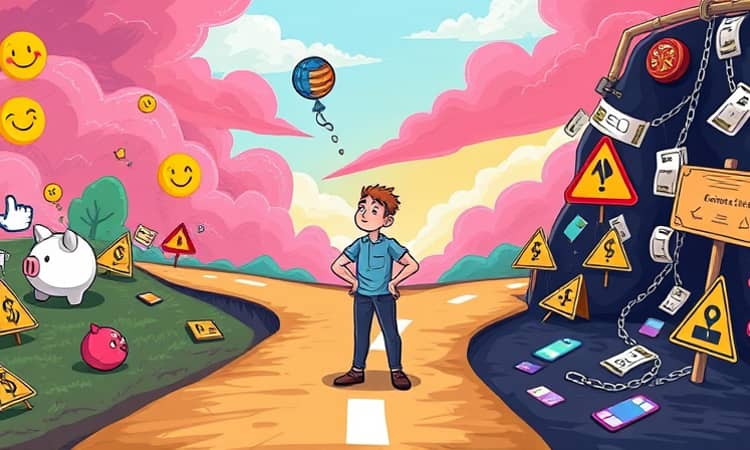
Managing credit cards effectively is key to maintaining financial health. However, many consumers fall into common traps that can lead to overwhelming debt and financial instability.
In this article, we will discuss five major credit card pitfalls and how to avoid them, ensuring you make informed choices that benefit your overall financial situation.
1. High-Interest Rates

One of the most formidable pitfalls of credit cards is the high-interest rates attached to them. Many consumers might be lured into applying for a card due to perceived rewards, only to find themselves burdened with soaring interest rates and debt.
Understanding how interest rates work is essential. Each month, if you carry a balance, you will incur interest charges that can compound quickly, making it easy to fall into a cycle of debt if you are not careful.
- Most credit cards have variable interest rates, meaning they can increase whenever the market does.
- Interest rates can exceed 20%, leading to high monthly payments if balances are not paid in full.
- Introductory rates may seem low, but they often revert to higher rates after a few months.
To avoid the trap of high-interest rates, always read the fine print when applying for a credit card, and aim to pay off your balances in full each month.
2. Hidden Fees
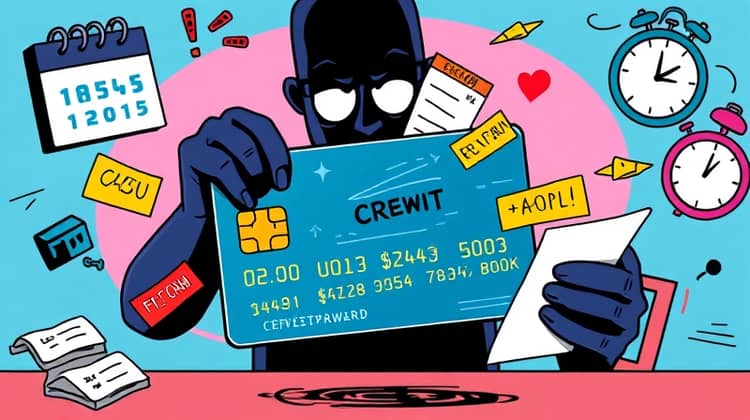
Hidden fees are another common pitfall that credit cardholders often overlook. These fees can add significantly to your overall debt without you even realizing it until it's too late.
Examples of hidden fees include annual fees, late payment fees, and foreign transaction fees. It's crucial to be aware of these potential costs when choosing a credit card.
- Annual fees – A charge for holding the credit card, often applied on a yearly basis.
- Late payment fees – Costs imposed when a payment is not made by the due date.
- Cash advance fees – Charges that can apply when withdrawing cash from your credit card.
Always review the fee structure associated with any credit card you consider to avoid unexpected costs that could strain your budget.
3. Introductory Offers
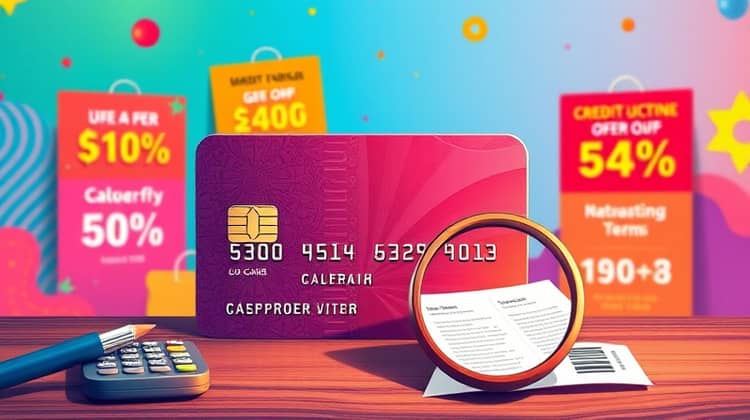
Many credit cards come with attractive introductory offers that can seem appealing at first glance. However, these offers can often be misleading and may include terms that are not favorable in the long term.
It's important to understand that once the introductory period is over, the rates and terms may change drastically, catching consumers off guard.
- Review the terms of the introductory offer carefully.
- Consider the long-term costs associated with the card after the introductory period ends.
- Be prepared for possible high-interest rates once the promotional period concludes.
Always weigh the benefits of an introductory offer against the potential long-term costs before signing up for a new credit card.
4. Overdraft Protection
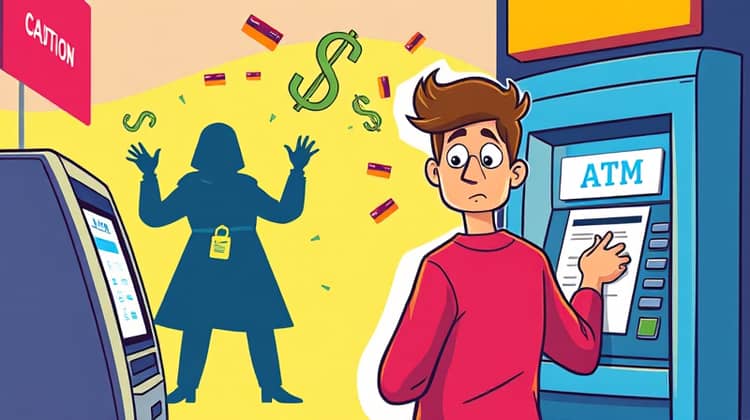
Overdraft protection can be a helpful service, but it can lead credit cardholders into dangerous territory if they are not careful. This feature allows users to spend more than they have in their account, which can be tempting but may lead to unintended consequences.
People often forget that overdraft protection typically comes with hefty fees, and repeated overdrafts can dramatically increase overall debt.
5. Minimum Payment Trap
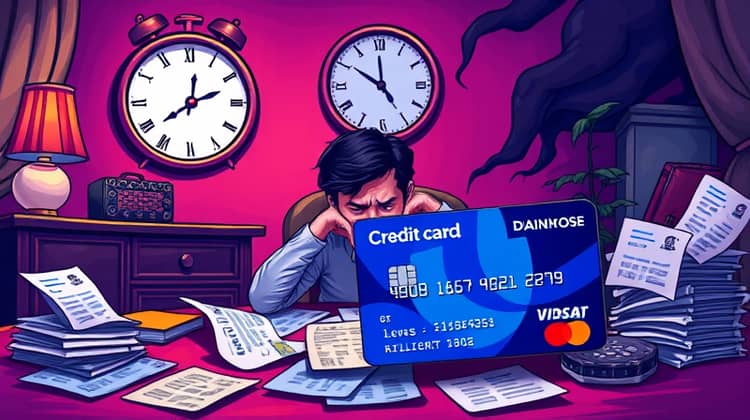
The minimum payment trap is a dangerous situation many credit cardholders find themselves in. Credit card statements may feature a low-minimum payment option that, although enticing, can severely impact one's financial future.
By only paying the minimum, individuals can stretch out their payment period for years and incur substantial interest charges, leading to addiction to debt.
How to Avoid These Credit Card Traps
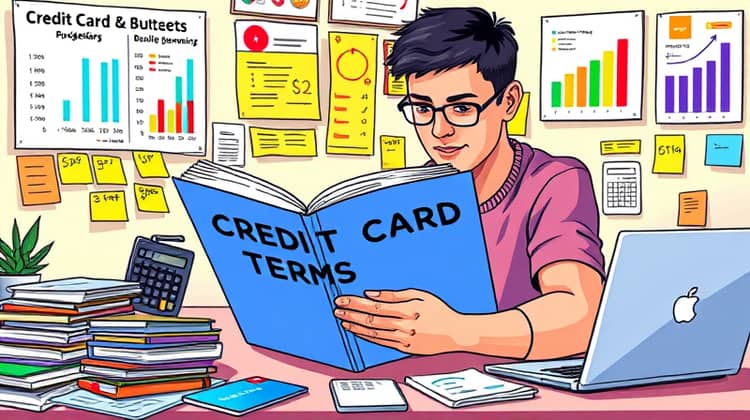
Avoiding credit card traps involves being proactive and informed. Taking the time to educate yourself about various credit card features and terms can save you from costly mistakes.
Staying organized with payments and keeping track of your spending can also help mitigate the risk of falling into these traps.
- Always read the terms and conditions before signing up for a card.
- Make a budget to track spending and repayments.
- Pay more than the minimum payment when possible to decrease debt more quickly.
By implementing these strategies, consumers can confidently navigate the credit card landscape and minimize the risk of encountering traps.
Conclusion

In conclusion, understanding and avoiding the common pitfalls associated with credit cards is crucial for maintaining financial health. By being aware of high-interest rates, hidden fees, deceptive introductory offers, overdraft protections, and the minimum payment trap, consumers can make smarter decisions.
It's vital to approach credit card use with caution and mindfulness. By arming yourself with knowledge and employing deliberate strategies, you can harness the benefits of credit cards without falling victim to their traps.






